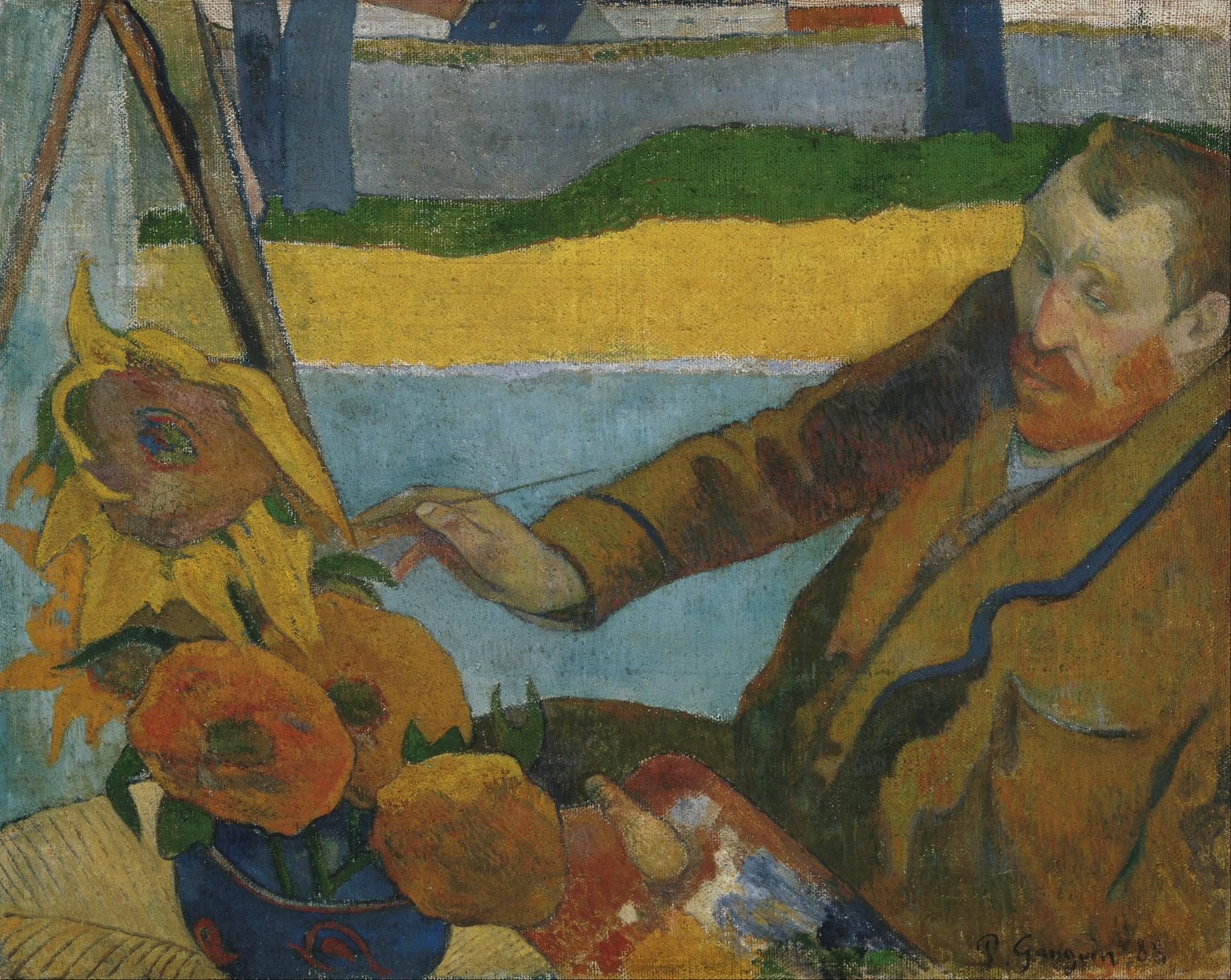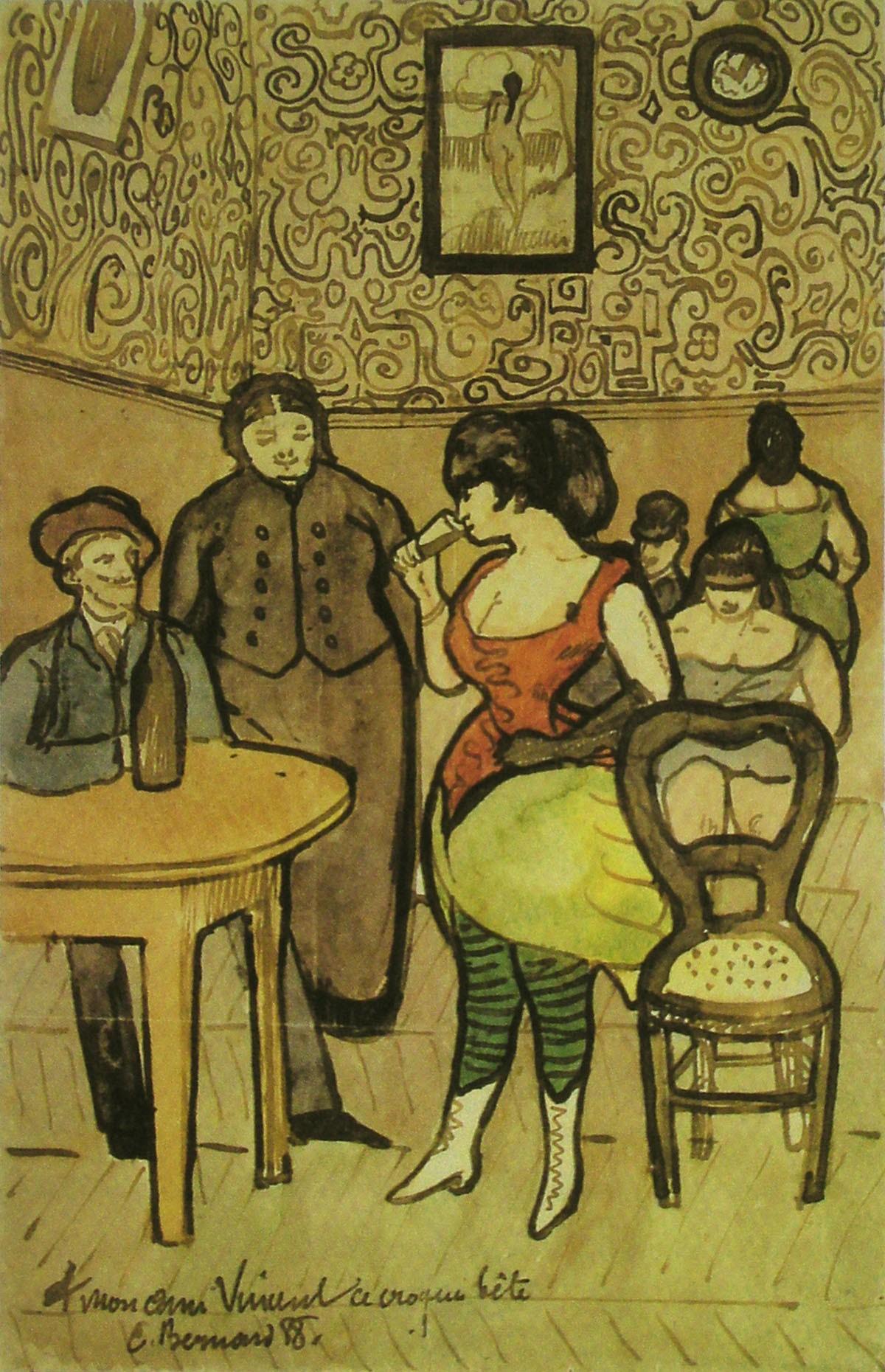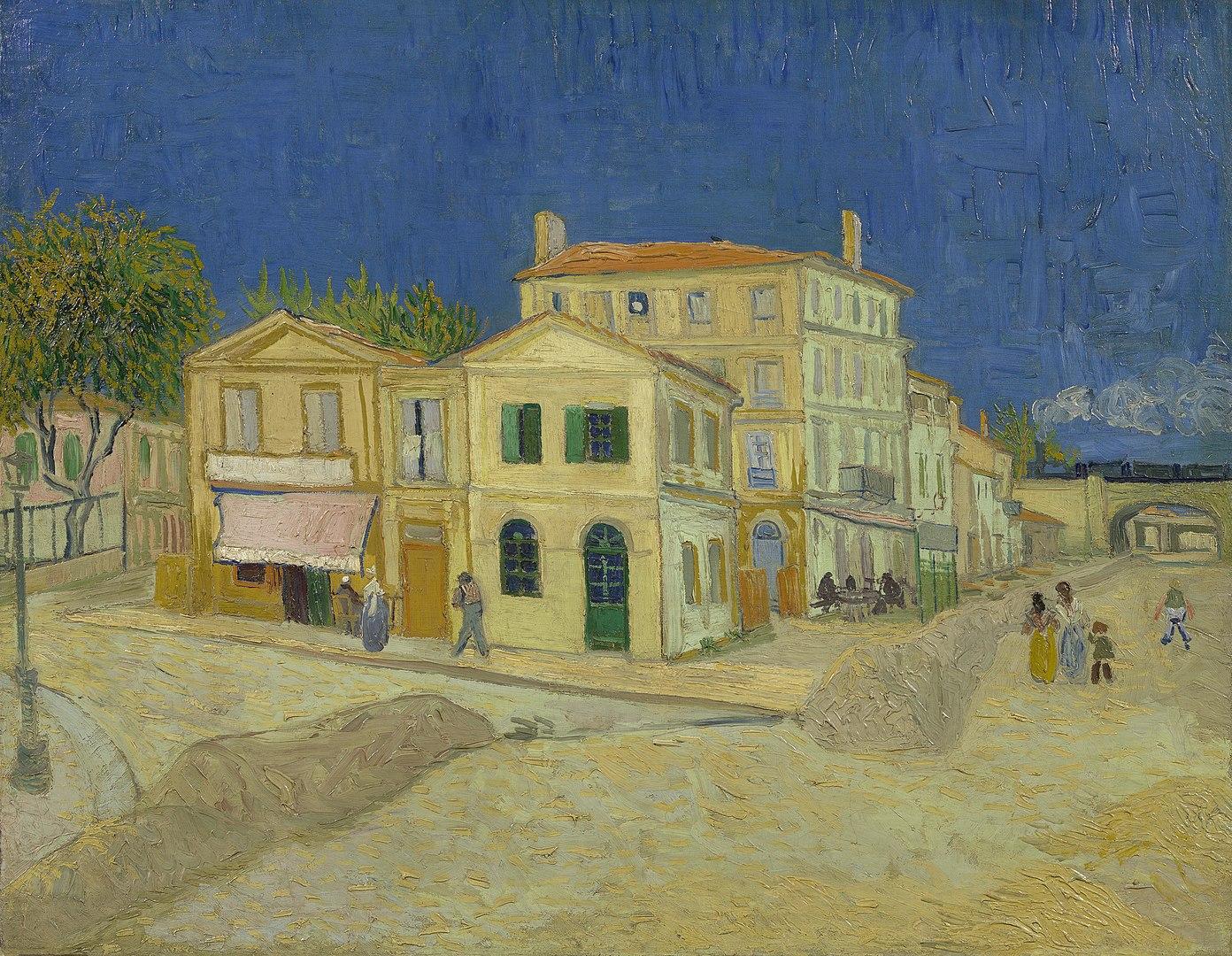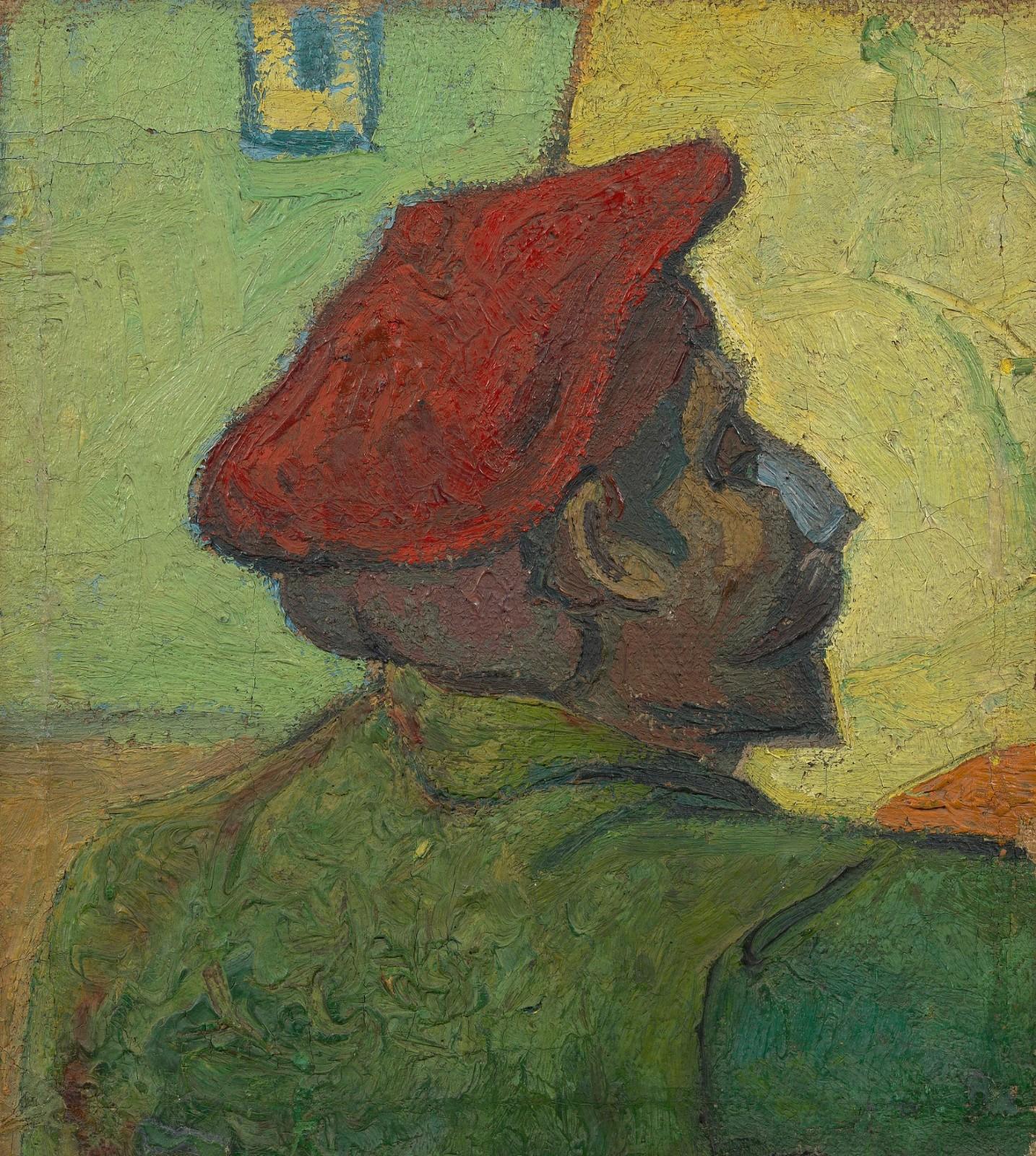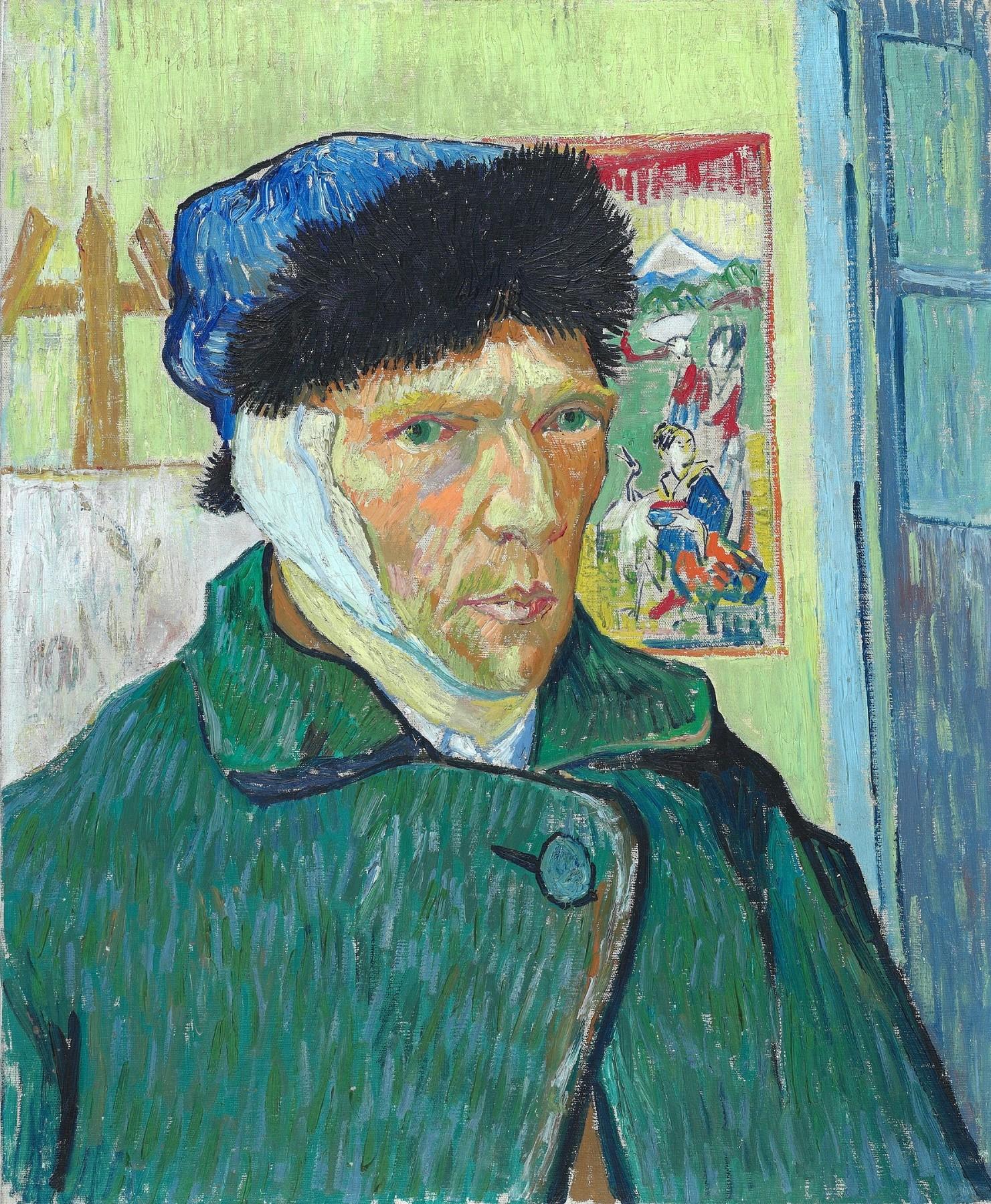Sold at an auction in Paris this week for €210,600 ($236,000), the letter exceeded its low estimate of €180,000. Written by Van Gogh and Gauguin together to their friend, the painter Émile Bernard, the letter, dated November 1/2, 1888, tells of their life and plans.
Gauguin joined Van Gogh in Arles, in the south of France, in October of 1888. They spent several tumultuous months together, which, according to the letter, included trips to the local brothel. Van Gogh admired Gauguin and envisioned starting an artist’s collective together.
"It has long seemed to me that in our dirty profession of painter, we have the greatest need for people with workers' hands and stomachs, with more natural tastes, more loving and more charitable temperaments than the decadent and exhausted Parisian boulevardier," Van Gogh wrote of Gauguin.




